Fact Check: Did The Jeju Air Plane Make A Mechanical Emergency Landing The Day Before Its Crash?
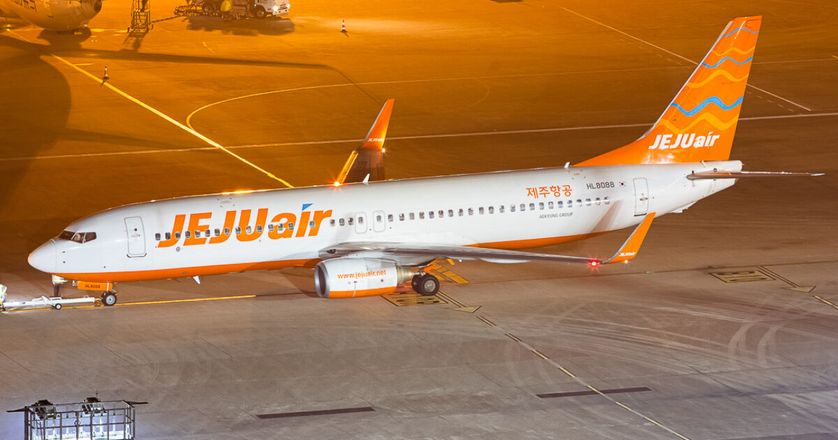
This article is part of our coverage of Jeju Air Flight 2216's Deadly Crash. You can read more and view the entire timeline here.
While local authorities in South Korea scramble to figure out what happened to “HL8088,” a Jeju Air Boeing 737-800 aircraft that crashed at Muan International Airport on December 29, 2024 (KST), speculations about the plane’s condition continue to circulate online.
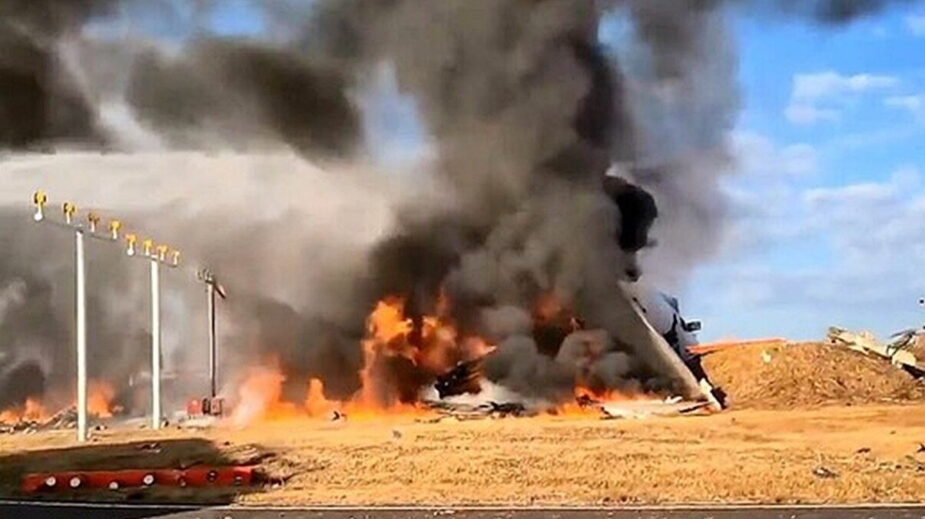
While the exact cause of the crash has not yet been verified, multiple tweets have pointed out the same aircraft’s emergency landing from the day before.
This same aircraft (HL8088) declared emergency yesterday and made a emergency landing in Seoul. https://t.co/y78UqT4dsT
— asteria (@10_davinetto) December 29, 2024
According to Aviation Source News, HL8088 was en route to Beijing on December 27, 2024 (KST) when it declared an emergency before diverting to the Incheon International Airport.
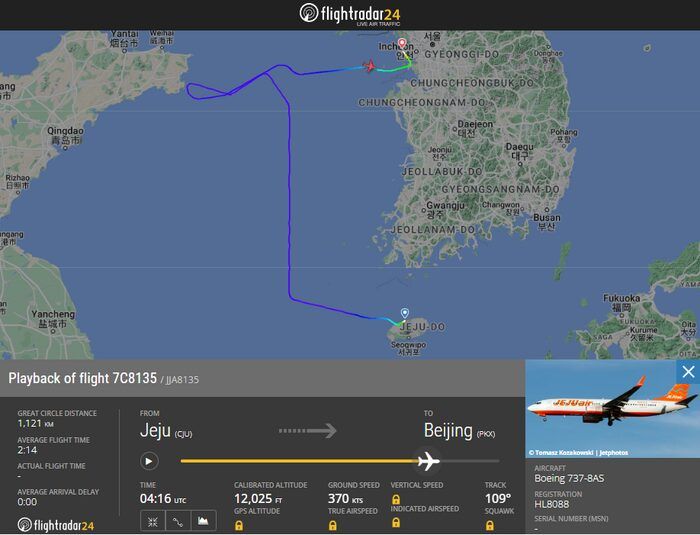
Jeju Air flight 7C8135, operated by a Boeing 737-800 was en route to Beijing Daxing International Airport (PKX). The aircraft was performing a scheduled service from Jeju International Airport (CJU). The aircraft was on a cruising flight transiting the Yellow Sea when the flight crew declared an emergency. A descent and diversion to Incheon International Airport (ICN) was then carried out.
— Aviation Source News
Based on this information and other flight records showing that HL8088 did indeed divert to Incheon, some jumped to conclusions—suggesting that there might have been a mechanical issue with the aircraft…
Why the hell was this same exact plane allowed to fly again so shortly after an emergency landing yesterday?
— Mark Thomas (@techsportsmark) December 29, 2024
…and even blaming the “big corporations putting the almighty dollar over human lives.”
Sounds like the same aircraft had an emergency landing YESTERDAY. Just another example of big corporations putting the almighty dollar over human lives
— jwallmizzou (@tennisinaloha) December 29, 2024
According to South Korea’s EKN (Energy Economic News), however, HL8088’s emergency landing on December 27 had nothing to do with the aircraft itself.
On December 28, EKN confirmed that the Jeju Air flight 7C8135 on Boeing aircraft HL8088 departed from Jeju International Airport at 11:51 AM and was scheduled to pass over the West Sea, Yantai, and Tianjin—but turned toward Incheon International Airport at 12:55 PM before entering mainland China. Subsequently, at 1:15 PM, the captain declared an emergency and squawked “7700,” a transponder code signaling that an aircraft is experiencing a general emergency and requires immediate assistance from air traffic control (ATC).
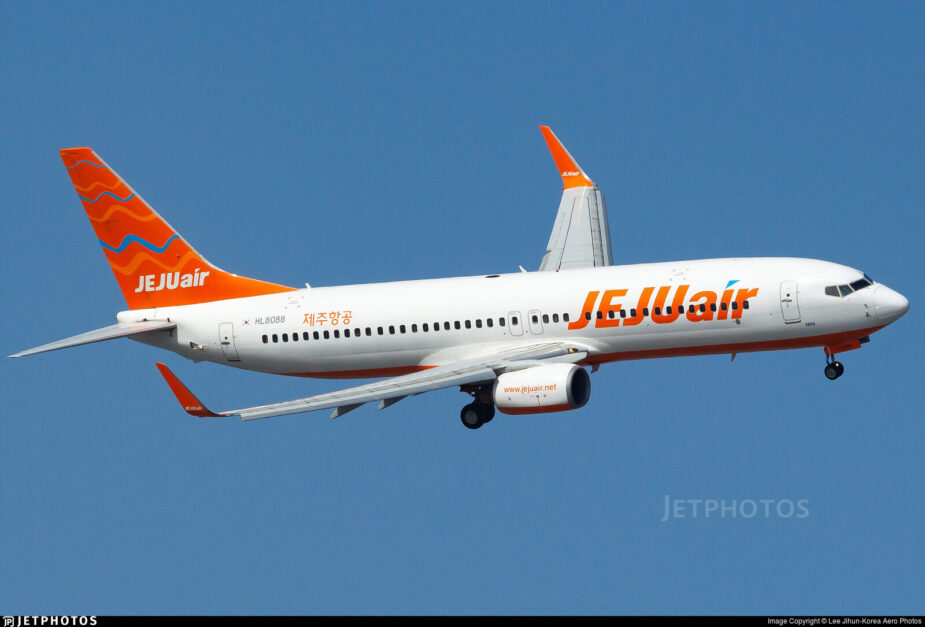
One representative from the Incheon International Airport Police Investigation Division told EKN, “There was a Chinese passenger who complained of head and chest pain.” A Jeju Air representative added, “[the said] passenger lost consciousness at the time, prompting the emergency landing.”
During this process, the cabin crew’s first aid efforts helped the passenger regain consciousness. The aircraft landed at Incheon International Airport at 1:28 PM, and the passenger was transferred to a hospital.
— Jeju Air
EKN reported that at 3:39 PM, HL8088 took off again from Incheon Airport and arrived at Daxing Airport at 4:33 PM.
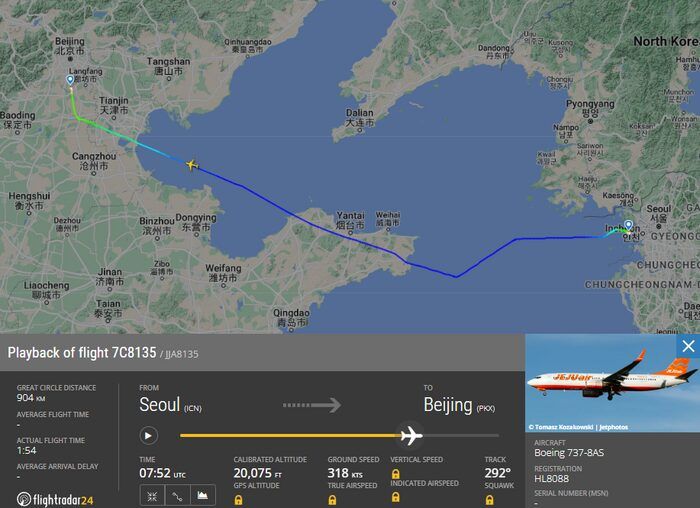
At the time of writing, 120 passengers have been confirmed dead, 2 rescued.
Bangkok-Korea Plane Crashes At Muan International Airport—179 Confirmed Dead